Economy
Tracking 2024 election contributions and spending

New visualizations explore the role firearms play in the nation’s suicide rate and rising firearm homicide rate. Data from two government agencies reveals how firearm-related suicides change with age, rates at which people die in active shooter incidents, how firearm homicide rates vary between races, and more. Here is just a preview of what’s available.
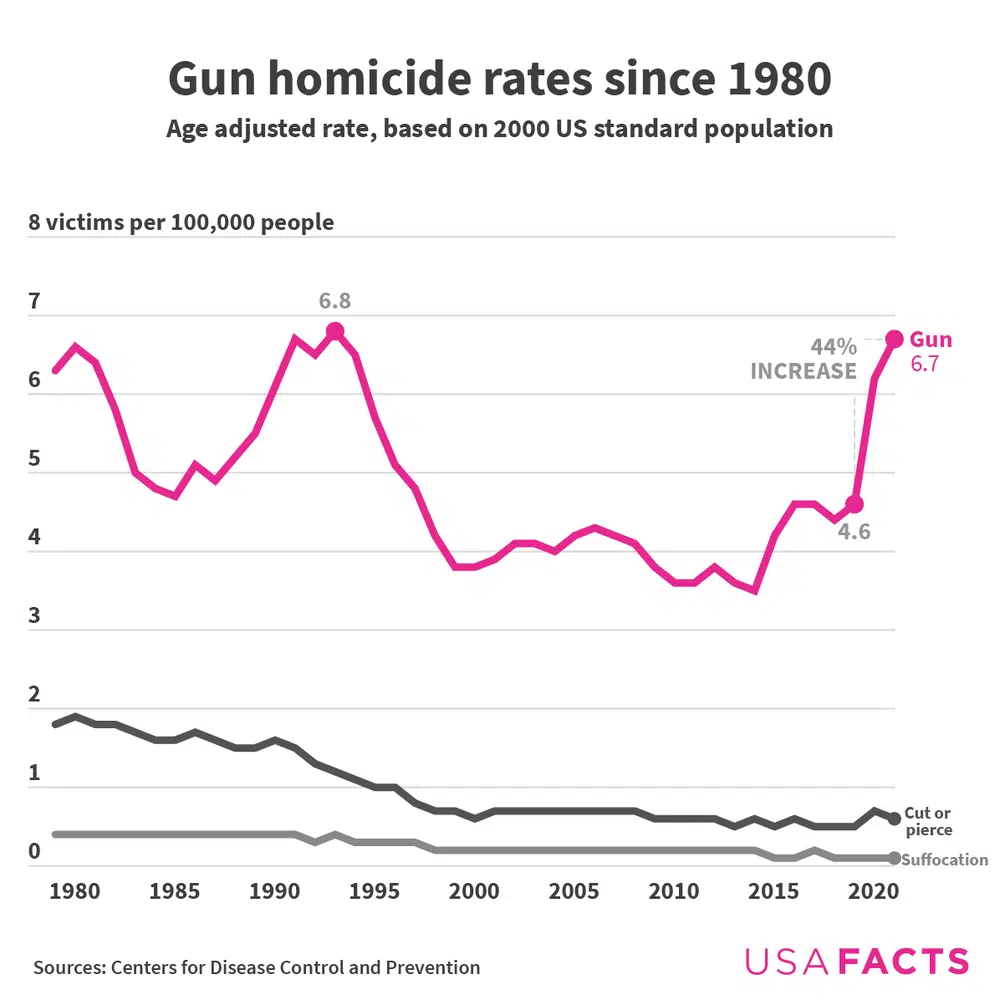
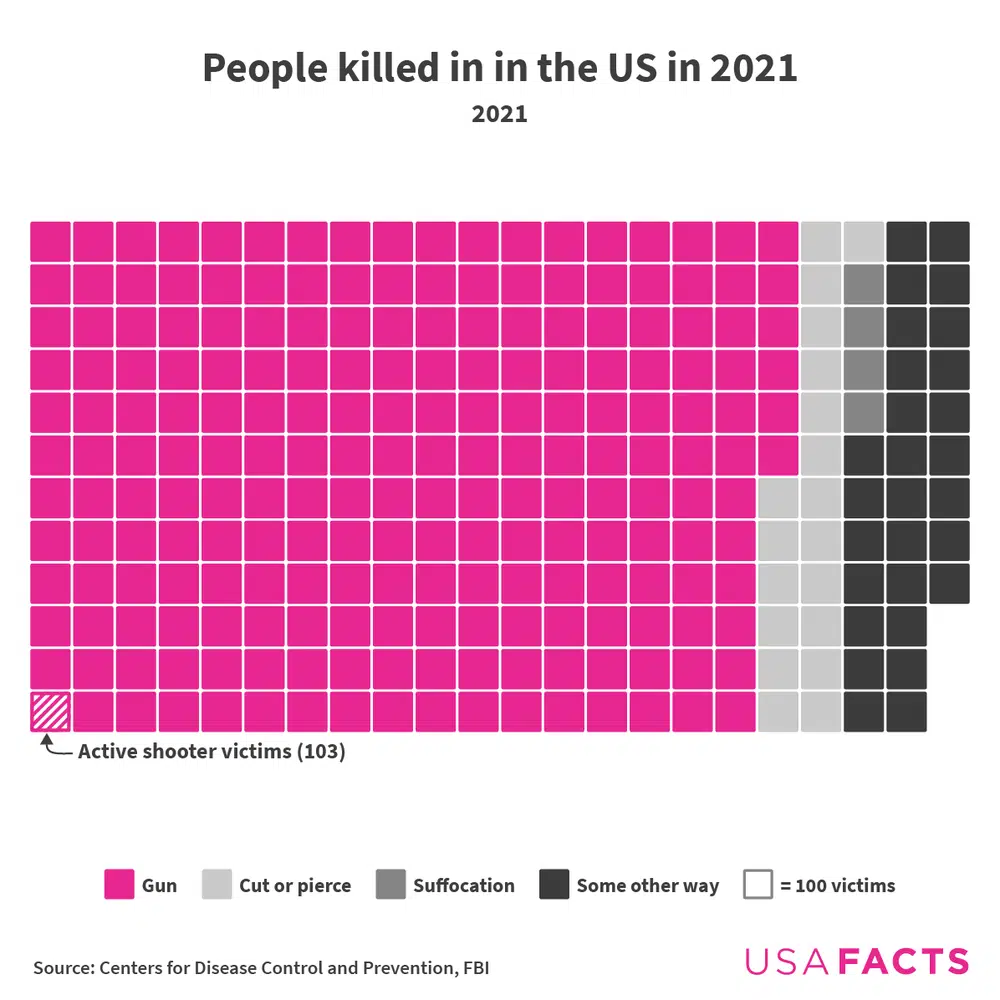
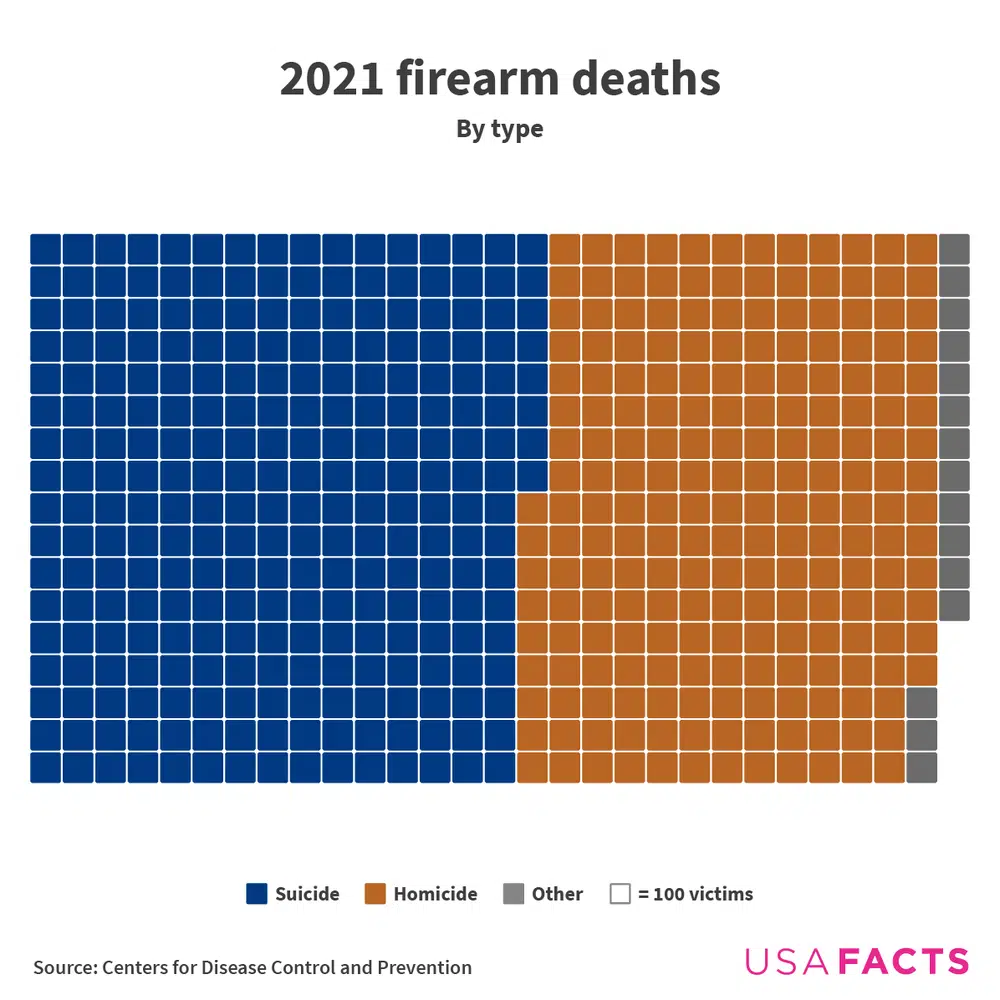
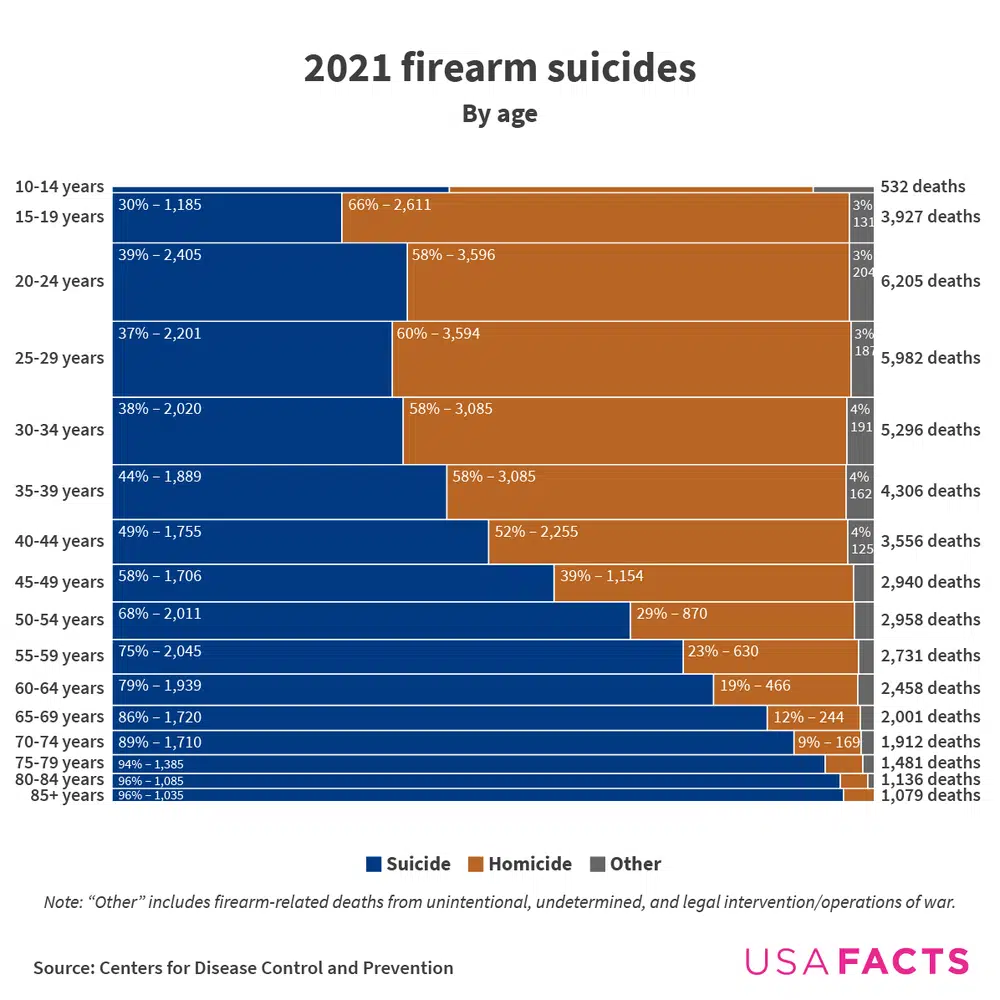
Blue states tend to have stricter gun policies than red states. See how that affects firearm homicides. Then, get more facts on firearms and suicides in this article.
If you are thinking about attempting suicide, call 911 or tell someone who can help immediately. The 988 Suicide and Crisis Lifeline also has 24-hour, confidential support.
Over the weekend, tornados in Indiana killed one person and caused extensive damage. This is already an increase over last year.
Saturday marked one year since the Supreme Court determined that the US Constitution does not grant a right to abortion in its ruling on Dobbs v. Jackson Women’s Health Organization. This article from last year tracks how abortion laws have changed in various states since the ruling, plus USAFacts has data on the states people travel to for abortions.
Temporary lanes for I-95 in Philadelphia opened on Friday after a tanker truck fire on June 11 caused a bridge to collapse. See facts on how many bridges are rated “poor” and specifically the percent of highway bridges considered structurally deficient.
It’s time for the next weekly fact quiz!
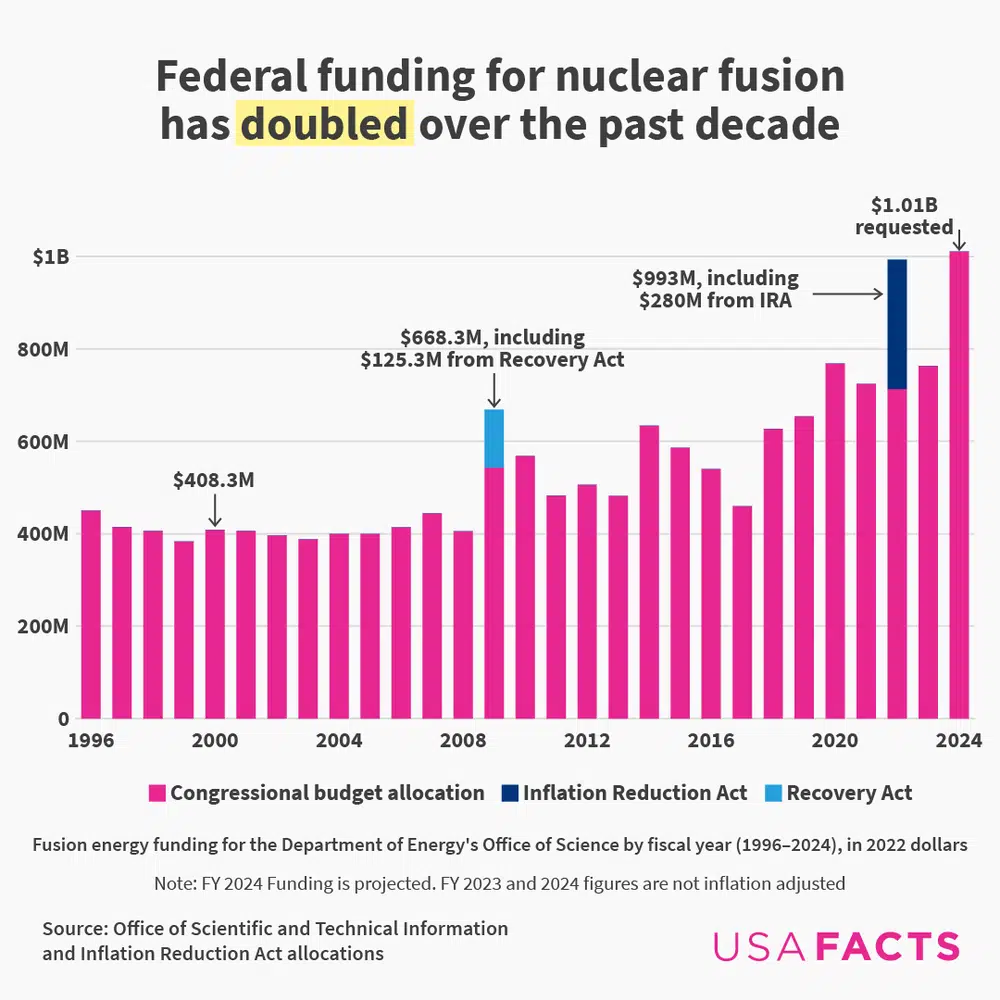
The Biden administration has invested in a plan to deploy nuclear fusion on the electrical grid sometime in the 2030s. While the Energy Department’s Office of Science is the largest fusion research funder, the field also receives some funding from the National Nuclear Security Agency and the Defense Department.
Newsletter
Keep up with the latest data and most popular content.